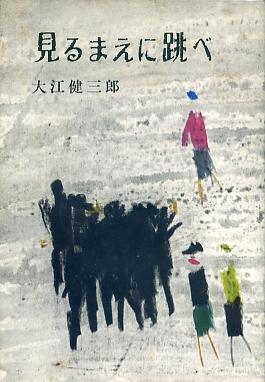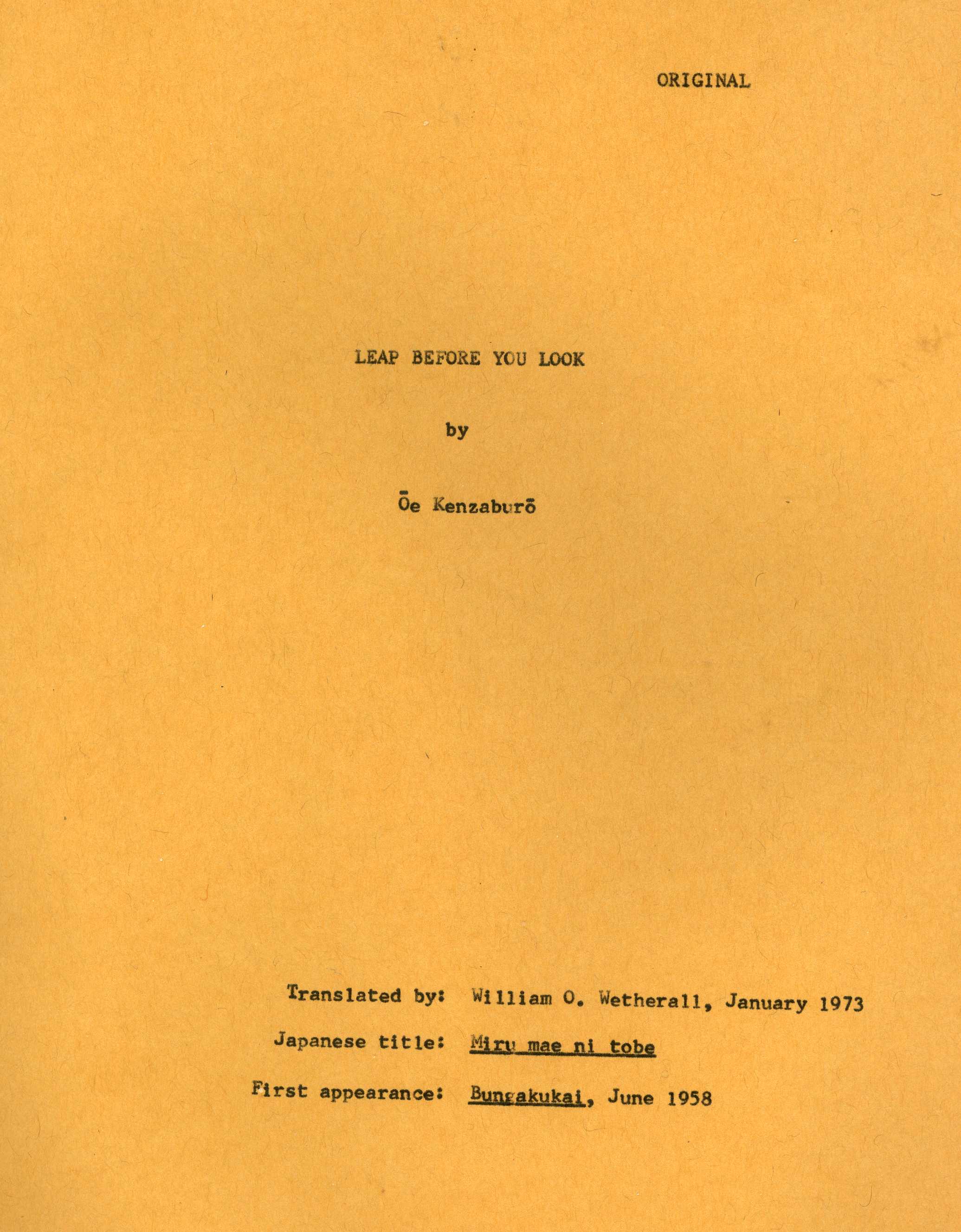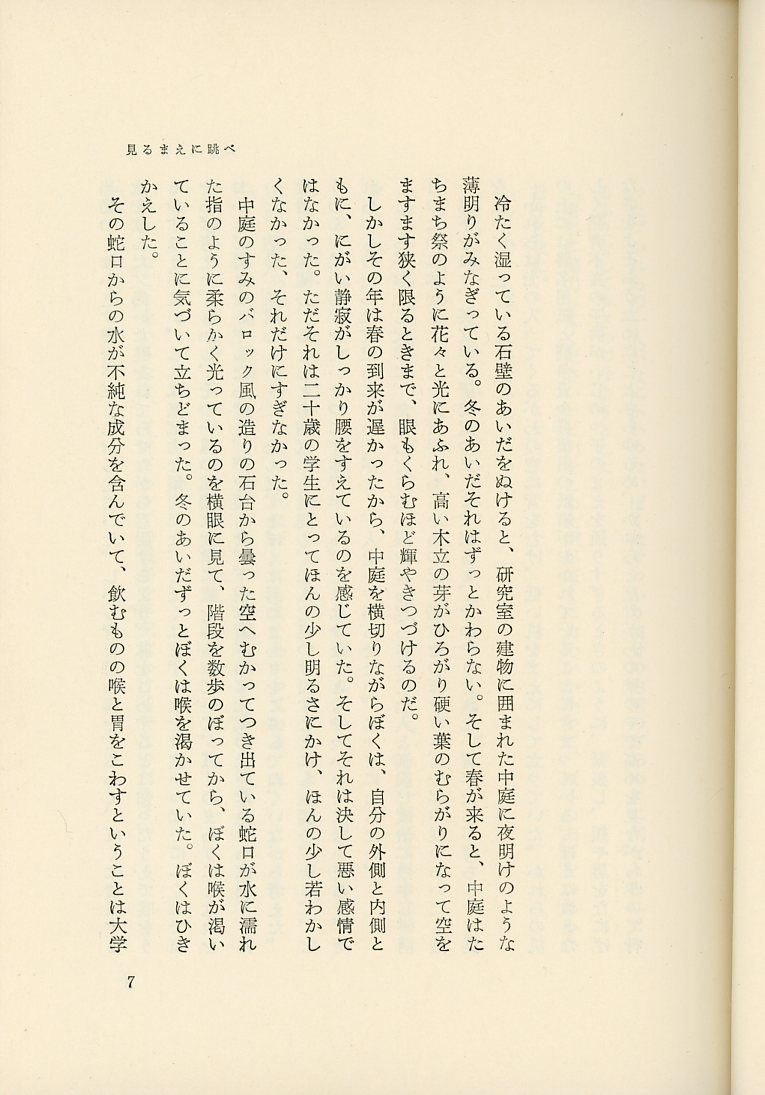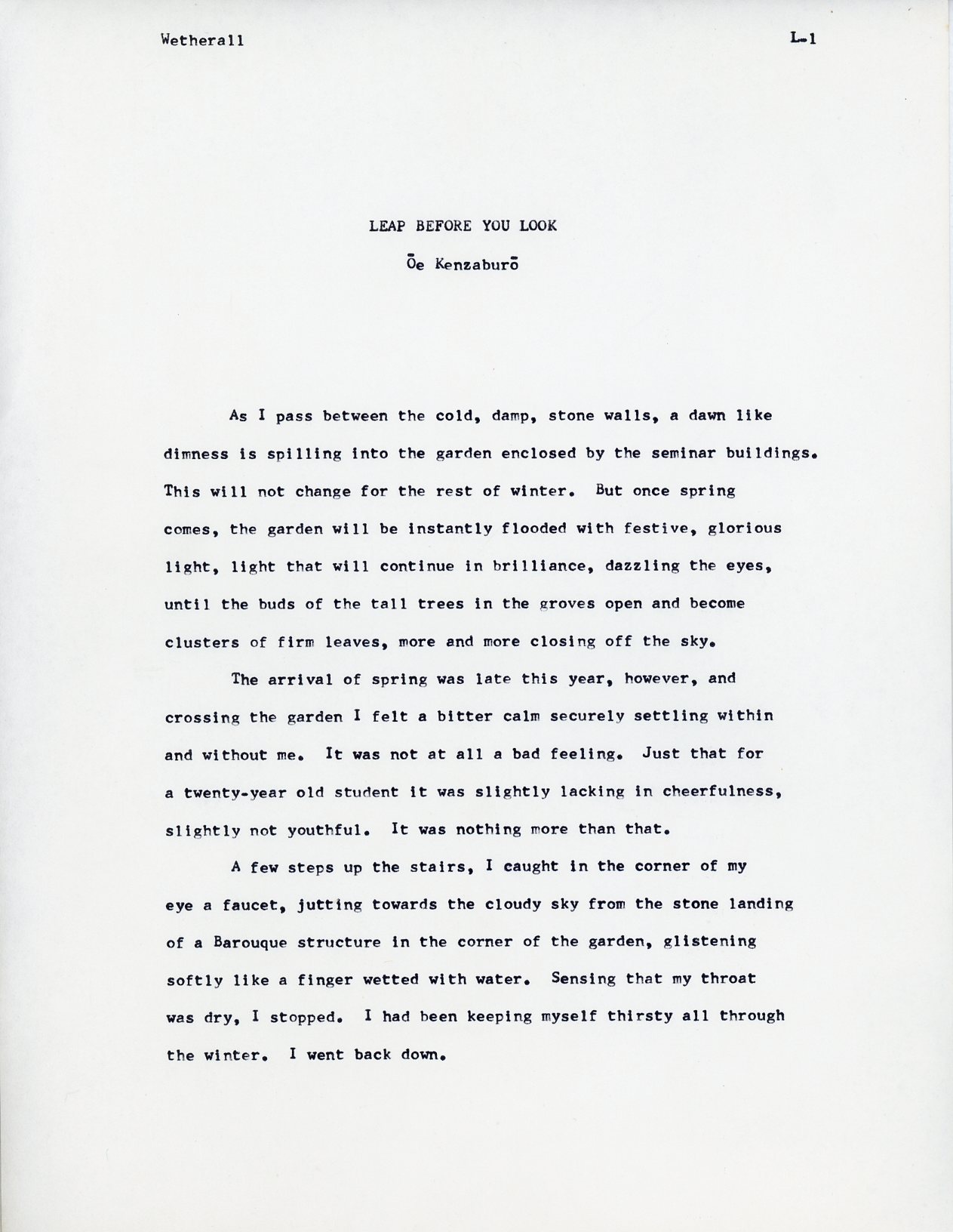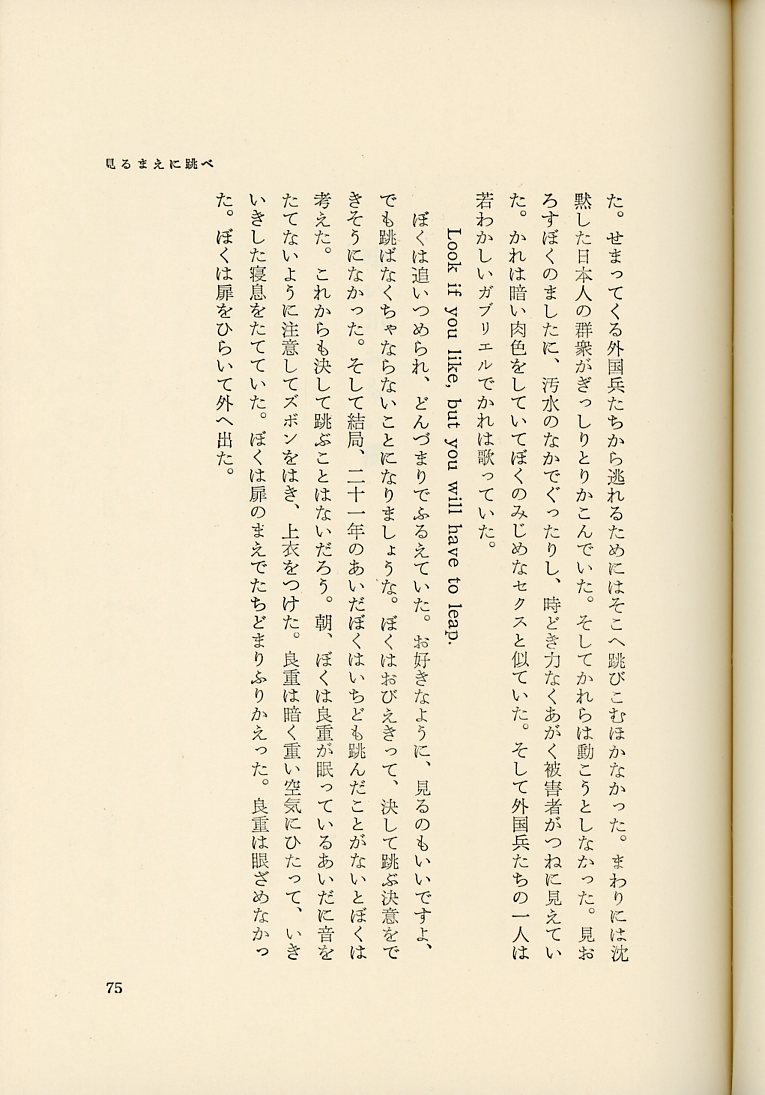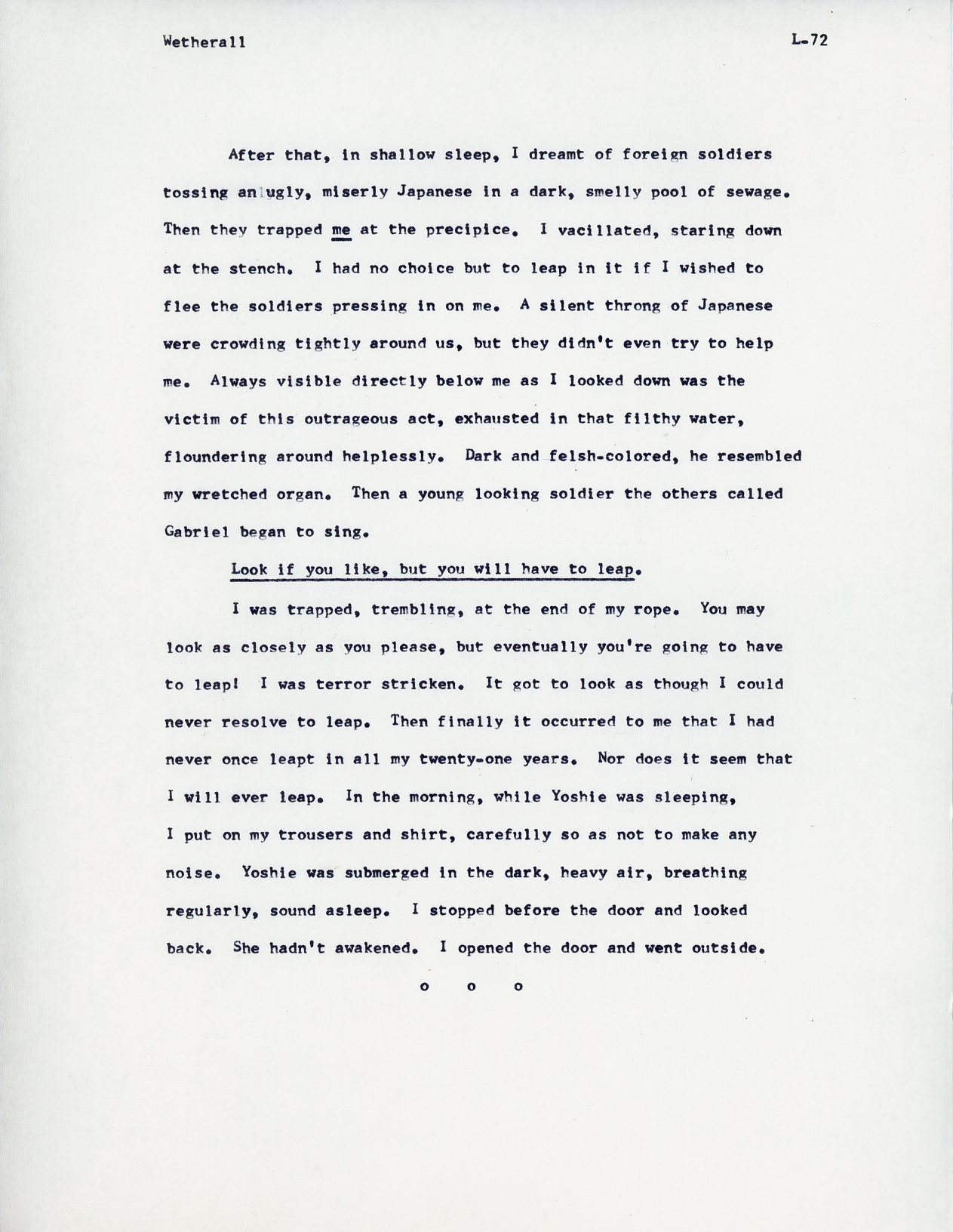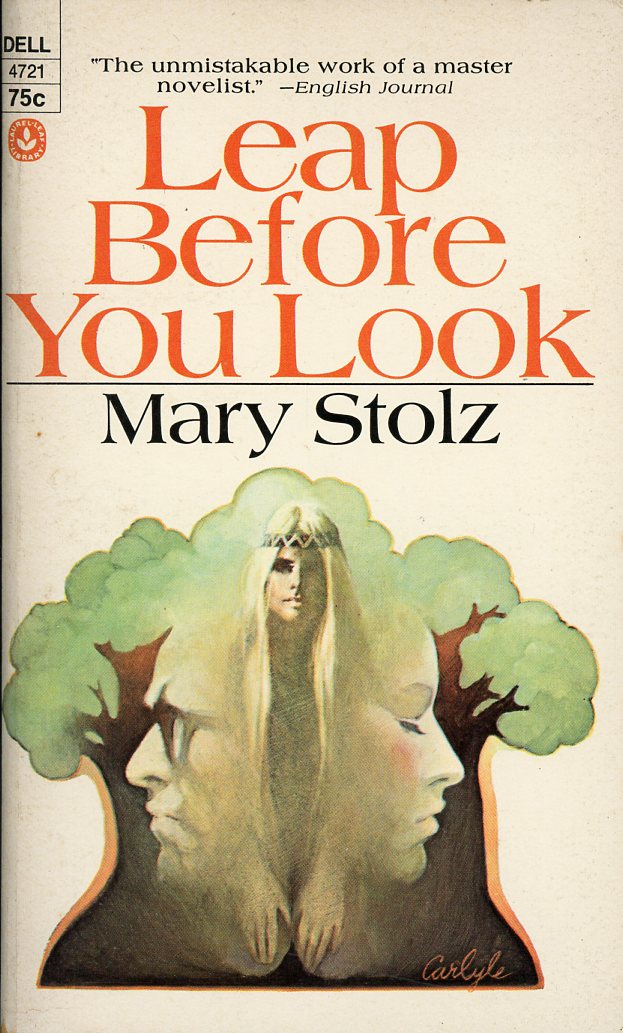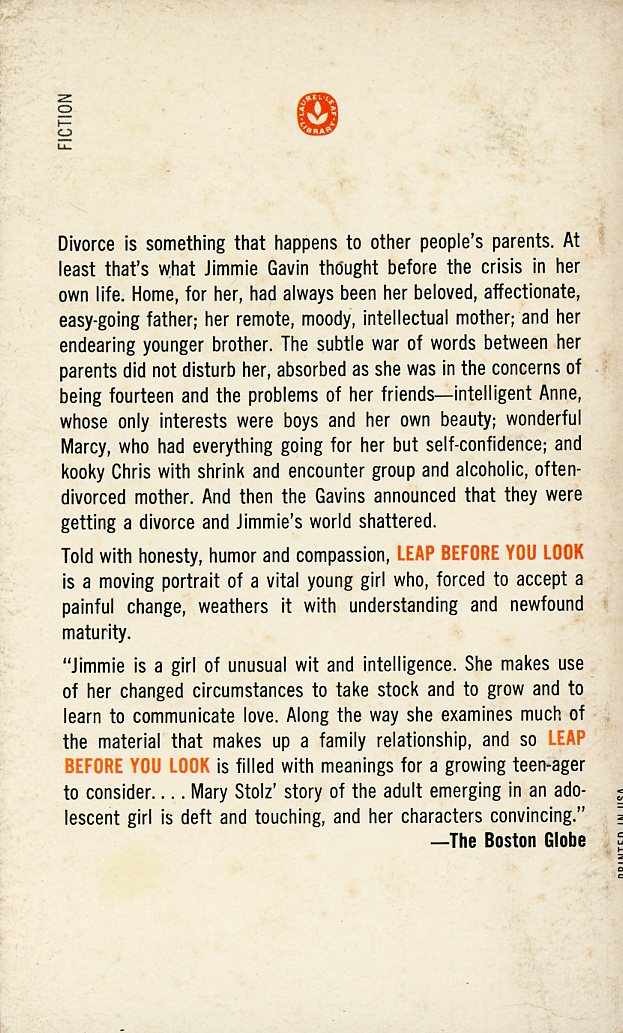Leap Before You Look
By Oe Kenzaburo
Translated by William Wetherall
First translated January 1973
First posted in early 2000s
Last updated 3 June 2023
This is a 2023 retranslation of a 72-page translation
I completed in January 1973 and distributed to other students
as part of a paper I submitted in a graduate seminar on
the literature of Ōe Kenzaburō, led by Francis T. Motofuji,
Department of Oriental Languages, University of California at Berkeley,
where I completed an MA program in Asian Studies that spring.
Related articles
Unexpected muteness
1989 retranslation of 1973 translation of "Fui no oshi" (1958)
Buffer Zones
1989 commentary on Ōe's life and works at the time Hirohito was dying
A Quiet Life
1996 translation with Kunioki Yanagishita of Shizuka-na seikatsu, 1990
Miru mae ni tobe1958 original publication"Leap Before You Look" first appeared as "Miru mae ni tobe" (見るまえに跳べ) in the June 1958 issue of Bungakukai (文学界). It was immediately anthologized as the title story of Miru mae ni tobe (見るまえに跳べ), Tokyo: Shinchōsha, 31 October 1958, pages 5-75, and my translations are based on this version. 大江健三郎 Ōe Kenzaburō Ōe Kenzaburō, born in 1935, received the Akutagawa Prize for "Shiiku" in 1958, and the Nobel Prize for Literature in 1994. My first encounters with Ōe were through an English translation by Frank T. Motofuji of "Ningen no hitsuji", another short story from 1958. The translation, titled simply "Sheep" rather than "Human sheep", was published in the April-June 1970 issue of the Japan Quarterly (Volume XVII, Number 2, pages 167-177). "Sheep" came out while I was in Japan, where I had come that January after graduating in December 1969 from the University of California at Berkeley with a B.A. in Japanese Studies. Most of my courses were in the Department of Oriental Languages, where I had transfered in the Fall of 1967 from the Department of Electrical Engineering. My courses in the OL department included elementary Japanese (Aoki), intermediate Japanese (Nakamura), an introduction to classical Japanese (Carr), elementery Chinese (Chang), elementary Korean (Kim), and a couple of courses in Japanese literature in translation from Motofuji. I returned to Berkeley as a graduate student from the fall of 1972, as a student in the Group in Asian Studies, an interdepartmental group, and as before, I had one leg in the Department of Oriental Languages and the other in the Department of Anthropology. This time, though, courses on classicial and modern Japanese literture required reading the original texts. And Motofuji offered a seminar on Ōe in which he used Miru mae ni tobe, an anthology of 7 stories, including the title story, published in 1958. Seminar students were required to write and present a report in which they analyzed one story or a group of stories of their choice. Translation was not required. I, however, found myself so involved in the course and the anthology that I completely translated the title story "Miru mae ni tobe" and "Fui no oshi", and parts of the other stories in the anthology. I would later publish a translation of "Fui no oshi" in the the January-March 1989 issue of Japan Quarterly (Volume XXXVI, Number 1,pages 35-44). Getting permission from Ōe to translate "Miru mae ni tobe" involved patience and politics (see Ōe Kenzaburō in passing for details). |
2023 translationHearing on 13 March 2023 that Ōe had passed away, I immediately recalled the 1973 seminar on "Miru mae ni tobe" and other works 50 years ago. A lot had happened in Ōe's life and mine since then. Though I could have met him in person, I chose not to, partly to respect his privacy, and partly to maintain my objectivity as a journalist, writer, and critic. But we met indirectly in the course of my helping a mutual friend, Kunioki Yanagishita, translate and edit some of his writings. Yanagishita, who I call Kuni, has been a good friend of mine since 1970. Kuni met Ō at a swimming pool, where they fell into conversation, and I would guess that -- I was was when meeting Kuni for the first time -- Ōe was impressed by the level of his bilingual knowledge and understanding of the world. Soon after their first encounter, Ōe asked Kuni to tutor his children, and so Kuni became a familiar face in the Ōe home. When it came for Kuni to marry, Ōe -- apparently for the first and last time in his life -- acted as a nakōdo -- not as an actual mediary, for the marriage was not arranged, but as a ceremonial go-between at the wedding and reception, where he gave a talk that has since been published. Kuni translated several of Ōe's talks and a novel. I sometimes checked and edited drafts of Kuni's translations. And I joined Kuni as a cotranslator of the English translation of the 1990 novel Shizuka-na seikatsu, published by Grove in 1996 as A Quiet Life. Apart from helping Kuni, I had my own stakes in translating Ōe, as in my publication of Unexpected muteness in 1989. In any event, over the years, Ōe would personally inscribe a couple of his books and a manuscript to me, and once even sent me a bottle of wine -- all through Kuni. During the 1980s and 1990s, as I published translations of short stories by other writers, and published some of my own short stories, my attitudes toward translation and writing considerably changed. In 1988, I significantly revised my 1973 translation of "Fuji no oshi" for publication as Unexpected muteness in 1989. In the same vein, I now and then worked on revising my earlier translation of "Miru mae ni tobe". The 1973 translation is workable if one feels free to take the Ōe out of Ō, and the Japanese out of the Japanese -- which is what happens in most English translations of Japanese literature, as translators and editors strive more to "naturalize" or "Anglicize" or "Americanize" English versions into something readers will find familiar, than to preserve structural elements of the author's narrative style. The new version makes an effort to adhere closer to Ōe's metaphors and phrasing, and press English into the service of Japanese -- rather than naturalize the narrative to the point that it loses the narrative qualities of the original. Leap Before You LookBy Oe KenzaburoTranslated by William Wetherall, 1973-2023Forthcoming |
Orion Agency (Sakai) correspondenceForthcoming |
